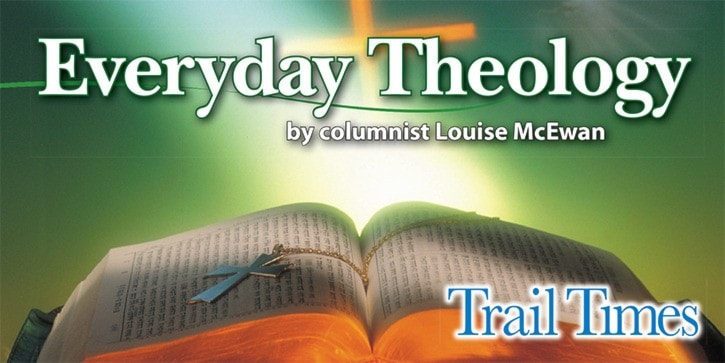We go to extreme lengths to avoid the religious aspects of Christmas in the public sphere. Christian beliefs about Christmas might offend someone in our secular and multicultural society, so we ignore its religious side. The reluctance to mention the origins of this much-loved holiday permeates early childhood learning programs and public schools. Although I support the neutrality of religion in public institutions, there are, in my view, some good reasons to introduce children to the Christmas story.
My children were on the cusp of a shift in society’s approach to the celebration of Christmas. Nativity scenes, for example, were not uncommon in public spaces, and on the personal level, many families still attended a church service on Christmas Day. In the classroom, a babe in a manger and three kings co-existed with Santa Claus and Frosty the Snowman. While the secular themes of Christmas had begun to dominate, most schools still included at least a couple of religious carols in their annual Christmas concerts.
My grandchildren are the unlucky beneficiaries of the legacy of this shift. At an early childhood literacy program that I attend with my two-year old grand daughter, the leaders have been very careful to avoid the religious side of Christmas, restricting songs and stories to its secular manifestations.
Yet, the story of Christmas has a lot to offer our children. It is beautiful in both its simplicity and message. As long as educators present it in a neutral manner, we should not be afraid of introducing it to our children.
Lynn Proulx, a veteran early childhood educator, thinks that the story of the nativity resonates at a deep level with children. Children feel sad when no one will help Mary and Joseph; then they feel happy when Jesus is born. The story, said Proulx, provides an excellent opportunity to teach empathy and to help children learn the values of kindness, helping and sharing.
Of course, there are other stories that teach these same values, and that have nothing to do with religion. However, the story of the nativity is part of our collective patrimony. Our country’s roots go back to the Judeo-Christian tradition. This tradition has shaped our culture, values, social institutions and judicial system. Our heritage includes centuries of religious art, music and literature that drew inspiration from a babe in a manger. Exposure to this cultural canon makes for a well-rounded education and a better understanding of our self as a nation.
Our children intuit the universality of the Christmas message. It is summed up in the very first Christmas greeting, “peace on earth and goodwill towards men”. It is in the air and in our greetings to one another over the holiday season, which inspires us to act with greater generosity. While everyone does not believe in “the reason for the season”, there is something transcendent about Christmas.
It is shortsighted to restrict children (and ourselves) to a candy cane diet of Christmas cuteness. There are meat and potatoes on the table, too. The religious side of Christmas deserves a place alongside the magic of Santa. Knowledge of the Christmas story, with its universal message of goodwill towards all people, could be in the best interest of a secular and multicultural society.
Trail BC resident Louise McEwan is a freelance writer with degrees in English and Theology. Her blog is www.faithcolouredglasses.blogspot.com. Contact her at mcewan.lou@gmail.com
